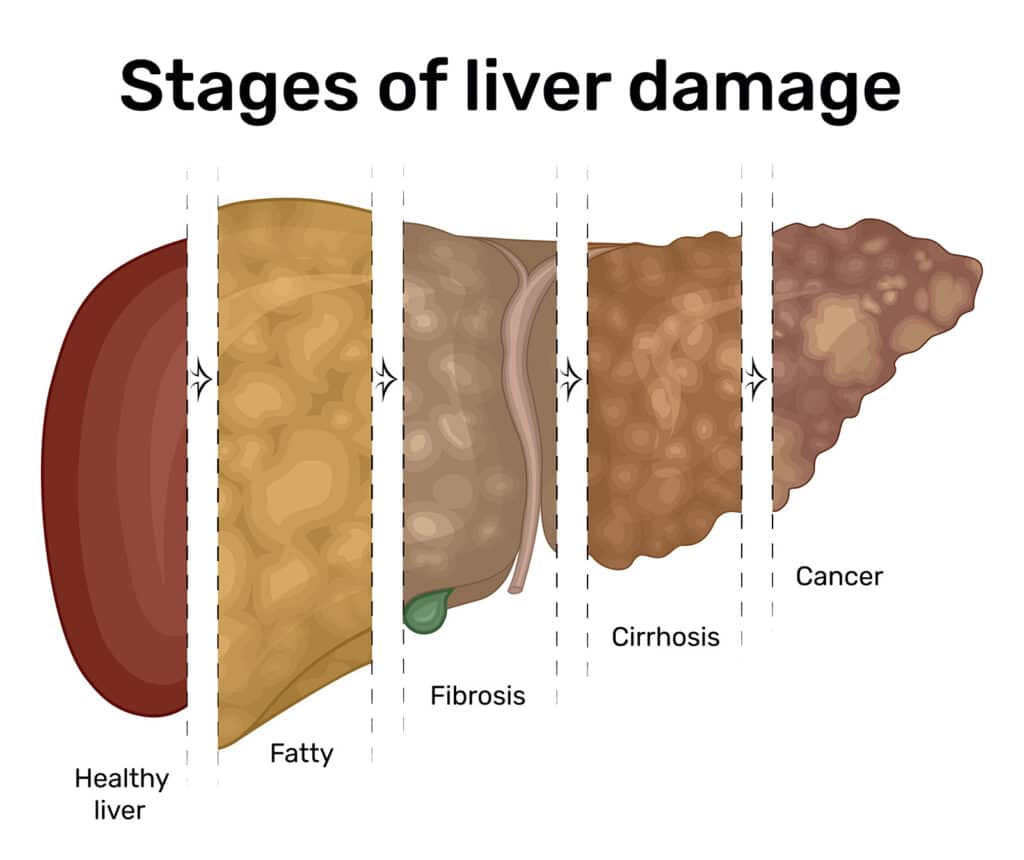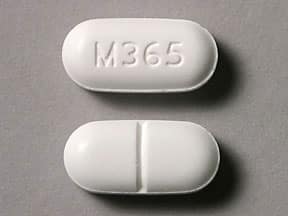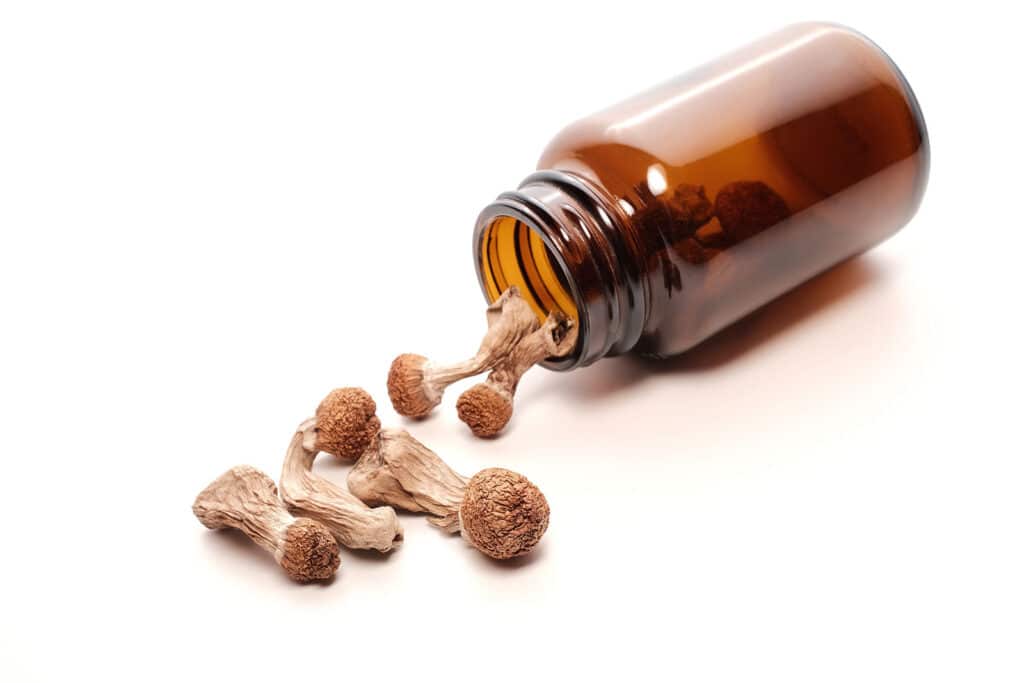Ativan, also known as lorazepam, has a wide variety of uses. Whether you’ve got a seizure disorder, anxiety or nausea and vomiting due to cancer, your doctor may prescribe this medication. Because it’s classified as a benzodiazepine, it’s important to watch yourself for suicidal ideation or paranoia. We’re going to explore Ativan in more detail below, but keep in mind that each person’s medical experience is subjective. Additionally, it’s necessary to take your medication exactly as prescribed.
Understanding Ativan
Ativan has a fast effect on your central nervous system. It increases the amount of gamma-aminobutyric acid (GABA) in your brain, which has a tranquilizing effect on your body and mind. Ativan can provide relief for unjustified fears, panic attacks, restlessness, agitation and sleeplessness caused by anxiety. Ativan is also used to treat spasms, seizures, insomnia and alcohol withdrawal.
Ativan is one of five commonly prescribed benzodiazepines. The others are Klonopin, Valium, Halcion and Xanax. All of these medications have the tendency to be abused by some people. Because of this, Ativan is controlled by Schedule IV of the Controlled Substances Act. In other words, it has a viable medical use, along with a low risk of misuse. Of course, having a low risk for abuse is not the same thing as having no risk of abuse.
Initial Sensations After Taking Ativan
For most patients, Ativan takes effect within 15-30 minutes. The general consensus seems to be that Ativan makes people feel more relaxed, happier and calmer. People who take Ativan as directed do not typically report feeling like they’re in a fog, nor do they feel a warmth spreading throughout their body. Instead, they feel more like they’ve come out of fog. There are also plenty of reports about feeling more present in the moment.
Common Physical Effects
After taking Ativan, be prepared to experience drowsiness, muscle relaxation and decreased physical tension. Not everyone will deal with drowsiness, but some people will go so far as to fall asleep shortly after taking Ativan. The sensation of decreased physical tension may promote a general feeling of well-being. Muscle relaxation can also feel wonderful to someone who is usually tense.
On the downside, there are a lot of potential side effects, including:
- Impaired coordination
- Dizziness
- Confusion
- Difficulty concentrating
Emotional and Psychological Effects
In the short-term, Ativan will reduce psychological and physical tension, worry and anxiety. Again, people who have taken this medication have reported feeling almost like a new person. This is a good thing, but it also leads some users to abuse Ativan. Over time, its effects may decrease. It’s also possible to experience emotional blunting, which may limit your emotional reactivity. You may feel like you have no emotions at all or even an unpleasant numbness in place of emotions.
Varied Responses Based on Dosage and Individual Factors
The dosage you take will have a big impact on how Ativan makes you feel. When you combine this with individual factors such as body weight, metabolism and tolerance, it can definitely make your results vary. Ativan comes in:
- Oral Tablets: 0.5 mg, 1 mg and 2 mg
- Liquid Injectable: 2 mg/mL and 4 mg/mL
In most cases, it’s best to take the smallest amount that still provides relief. However, your doctor will make a final determination on what dose you need. Keep in mind that the older you are, the lower your dosage is likely to be.
Short-Term vs. Long-Term Use
Short-term usage is generally recommended. Taking Ativan for more than two to four weeks will dramatically raise your risk of becoming dependent on this medication. You’ll also run the risk of developing a tolerance to the medication, which means you’ll need to take a bigger dose.
Other long-term use problems may include:
- Exaggerated side effects (sleeping all day, for instance)
- Cognitive impairment issues
Potential Negative Experiences and Side Effects
Sadly, some people will overdose on Ativan. If any of the following happens to you, please seek immediate medical attention:
- Low blood pressure
- Drowsiness
- Confusion
- Slowed reflexes
- Coordination/balance issues
- Coma
- Death
Approximately 12 percent of users reported having a negative experience on Ativan. One person went so far as to say, “Ativan ruined my life.”
Dependency and Withdrawal Considerations
If you develop a dependency on Ativan, it can be quite difficult to get off of the drug. Withdrawal symptoms typically set in about 24 hours after your last dose and may include:
- Headache
- Sweating
- Tremors
- Difficulty concentrating/confusion
- Nausea
- Abdominal cramps
- Vomiting
- Weight loss
- Increased blood pressure
- Heart palpitations
- Irritability/mood swings
- Anxiety
- Panic attacks
- Seizures
If you begin to experience these symptoms, it’s important to visit your doctor immediately. Ativan shouldn’t be stopped cold turkey. Instead, work with your doctor to wean yourself off of the drug.
Personal Accounts and Experiences
Personal accounts show a wide range of experiences. On the one hand, you’ve got a person who said, “Ativan is on an as needed basis and has helped tremendously.” Meanwhile, someone else wrote, “This is by far the scariest experience I have EVER had with a drug.”
Approximately 75 percent of patients reported a positive experience, but this means that 25 percent had an average to poor experience. It’s critical to remember that each person’s body is different, and some people are more prone to dependency issues. This makes it important to receive individual, personalized advice from a medical professional.
Conclusion
Ativan can be quite helpful for people with anxiety as long as you take it as prescribed. Do not continue using Ativan long-term unless your doctor says to. Remember: for every two to three people who think that Ativan is wonderful, there is another person who had a terrible experience on it. Therefore, it’s always best to consult your doctor before you begin using Ativan.
References
- https://www.dea.gov/sites/default/files/2020-06/Benzodiazepenes-2020_1.pdf
- https://www.deadiversion.usdoj.gov/drug_chem_info/benzo.pdf
- https://www.quora.com/What-does-it-feel-like-to-be-on-ativan-and-how-long-do-the-effects-last
- https://www.healthline.com/health/mental-health/emotional-blunting
- https://www.drugs.com/comments/lorazepam/ativan.html
















